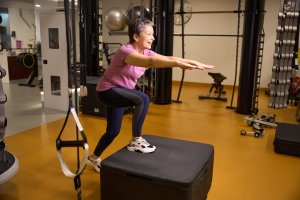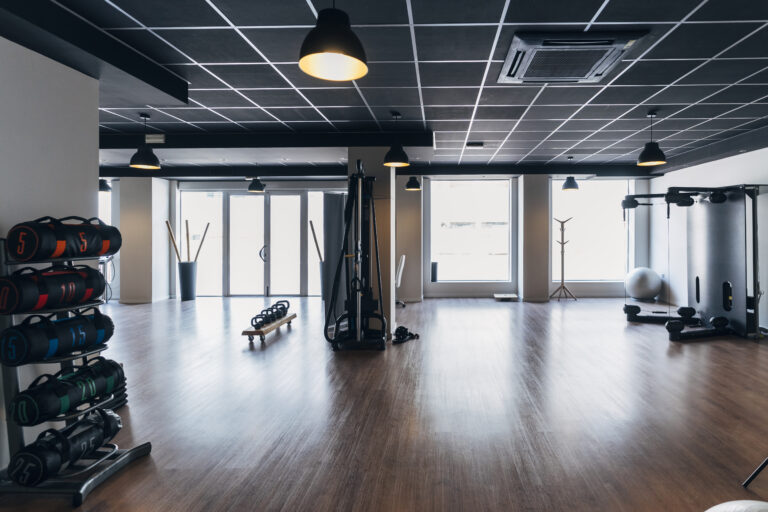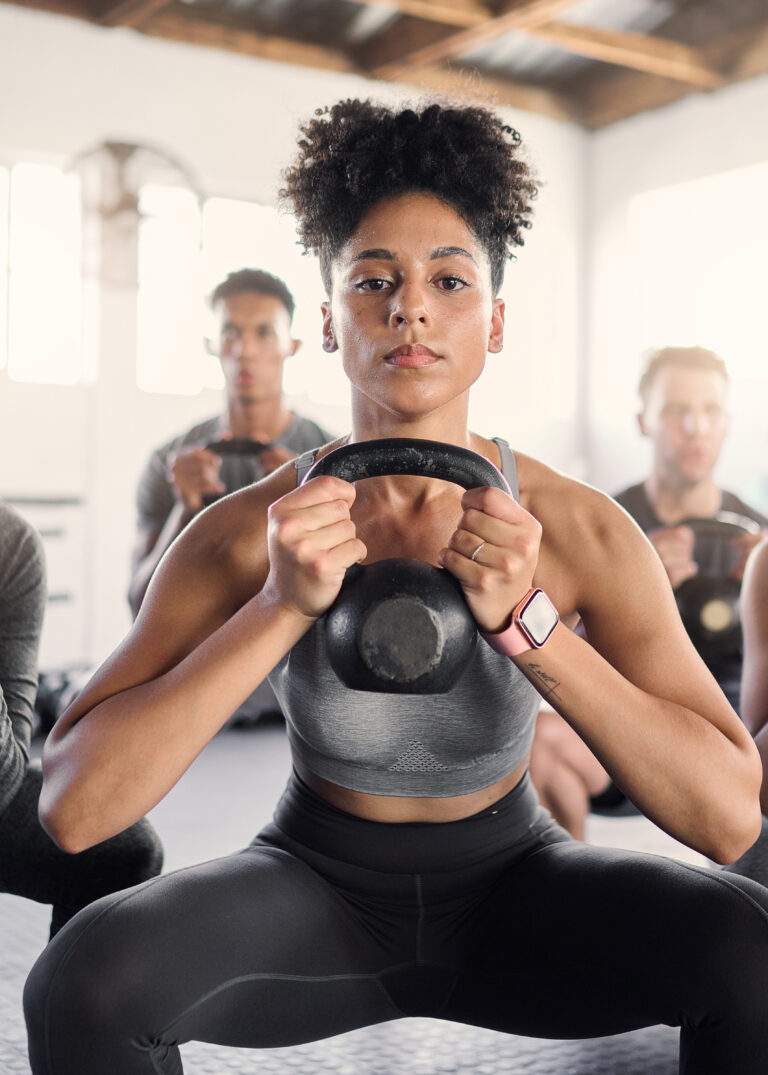Maximize Recovery with the Cross-Training Effect
The Cross-Training Effect is a scientifically backed strategy that allows individuals to maintain strength, muscle mass, and overall fitness—even while dealing with an injury. If you’re currently struggling to stay active because one side of your body is immobilized or in recovery, you’re not alone. Injuries can be frustrating, especially when they interfere with your regular training routine. Whether it’s a sprained ankle, a shoulder injury, or post-surgical recovery, the idea of stepping away from all physical activity for weeks—or even months—can be discouraging. Unfortunately, prolonged rest often leads to muscle atrophy, decreased cardiovascular endurance, and a loss of motivation.
That’s where the Cross-Training Effect becomes a game-changer. This method involves training the uninjured side of your body—such as continuing upper-body workouts if your leg is injured. Research shows that exercising the healthy limb can actually trigger neuromuscular and hormonal responses that help preserve muscle mass and strength in the injured, inactive limb. It’s a powerful and underused approach that allows you to remain physically engaged without exacerbating the injury.
Beyond the physical advantages, cross-training also supports your mental health. Staying consistent with some form of exercise helps reduce stress, fight off feelings of helplessness, and maintain a sense of routine and accomplishment. It shifts your mindset from feeling stuck to feeling empowered, allowing you to take charge of your healing process.
If you’re recovering from an injury, don’t give up on your fitness goals. By implementing the Cross-Training Effect under the guidance of a knowledgeable personal trainer or physical therapist, you can maintain your gains, accelerate your recovery, and return to full training stronger than ever.

What is the Cross-Training Effect?
The Cross-Training Effect, also known as cross-education, is a remarkable physiological and neurological phenomenon where training one limb leads to strength gains in the corresponding, untrained limb. For example, performing resistance exercises with your right arm can result in measurable improvements in the strength and function of your left arm—even if that arm hasn’t been actively trained during the session. This effect has been extensively studied in sports science and rehabilitation, offering powerful applications for individuals recovering from injuries or looking to maintain symmetry during periods of immobilization.
The underlying mechanism driving this effect lies in the brain, specifically within the corticomotor pathways. These are neural circuits responsible for sending motor commands from the brain to your muscles. When you perform strength training exercises on one side of your body, these pathways not only activate the muscles on the trained side but also stimulate the motor neurons on the opposite side. In essence, your central nervous system is “cross-educating” the untrained limb, preserving or even enhancing its neuromuscular function through indirect stimulation.
This neuroadaptive response is especially valuable during injury recovery when direct training of one limb isn’t possible due to pain, surgery, or immobilization. However, for the cross-training effect to be maximized, it requires intentional, well-structured programming. Research suggests that high-load, low-repetition resistance training yields the most significant results, as it deeply engages the neuromuscular system and promotes greater neural activation. Compound movements that challenge stability and coordination can also enhance cross-education by stimulating more comprehensive neural involvement.
By incorporating the cross-training effect into a rehab or performance strategy, athletes and everyday fitness clients can reduce strength losses during injury, accelerate overall recovery, and maintain better physical balance. Whether you’re an injured athlete aiming to return to peak condition or someone simply looking to stay strong while nursing one side of the body, understanding and applying the principles of cross-education can give you a smart and science-backed edge.

The Science Behind the Cross-Training Effect
The concept of cross-education—or cross-training—has intrigued scientists and fitness professionals alike for years, and recent research from Edith Cowan University has provided concrete evidence supporting its powerful benefits. In a controlled study involving 30 participants, researchers sought to determine how training one limb could impact an untrained, immobilized counterpart. Over the course of four weeks, participants had one arm completely immobilized for eight hours each day to simulate the effects of injury or disuse. They were then split into three groups: the first performed a combination of concentric (muscle-shortening) and eccentric (muscle-lengthening) exercises using their free arm; the second group focused solely on eccentric training; and the third group did not engage in any training.
The results were nothing short of remarkable. Participants in the eccentric-only group not only experienced significantly less muscle wasting in their immobilized arm, but they also saw measurable strength gains—even though that arm had not moved during the training period. This phenomenon, known as the cross-education effect, showcases how the nervous system can transfer strength adaptations from a trained limb to its untrained counterpart. It highlights the potential of targeted training strategies to maintain muscle mass and functional strength, particularly during periods of injury recovery, post-surgery rehabilitation, or when one side of the body is temporarily limited.
These findings carry major implications for both athletes and everyday individuals. By leveraging eccentric training on the non-injured side of the body, people recovering from injury can prevent muscular atrophy and return to full function more quickly. It also reinforces the value of staying active during recovery periods, as even isolated or one-sided exercises can have a systemic effect on the body. For fitness programs like those offered by Fit4Blast, incorporating cross-training strategies can be a game-changer—helping clients maintain progress, stay engaged, and overcome setbacks with science-backed confidence.

Benefits of Cross-Training
Incorporating the Cross-Training Effect into your routine has numerous benefits:
- Preserve Muscle Strength: Research by Edith Cowan University found that individuals focusing on eccentric exercises for their uninjured limbs were able to significantly reduce muscle and strength loss in their immobilized limbs.
- Prevent Muscle Atrophy: A study involving 30 participants found that those who performed eccentric exercises experienced less muscle tissue loss in their immobilized limbs.
- Mental Well-Being: Continuing to work out despite an injury helps maintain a sense of normalcy and supports mental health, keeping you focused and motivated during recovery.
How to Maximize the Cross-Training Effect
To maximize the benefits of cross-training, here are some key tips:
- Focus on Eccentric Exercises: Eccentric movements involve lengthening the muscle under tension, which has been shown to be the most effective in promoting strength in the injured limb.
- Incorporate High-Load Training: Use heavier weights with lower repetitions to stimulate neural pathways effectively.
- Work with a Trainer: A certified personal trainer can create a customized plan tailored to your injury and fitness goals.
- Be Consistent: Consistency is crucial for cross-training. Ensure you follow a regular workout schedule to see optimal results.
Looking for Expert Guidance?
If you’re unsure where to begin your fitness journey or how to safely train around an injury, Fit4Blast is here to guide you every step of the way. As one of New Jersey’s top-rated concierge fitness coaching teams, we bring the gym experience directly to your doorstep—whether you prefer training at home, in your building’s fitness center, or outdoors. Our certified personal trainers work one-on-one with you to develop customized workout programs that align with your physical goals, mental well-being, and lifestyle demands.
With over a decade of hands-on experience, our team understands that fitness isn’t just about sets and reps—it’s about creating a sustainable routine that supports your energy, confidence, and overall quality of life. That’s why our programs go beyond typical workouts. We integrate mobility training, injury prevention strategies, and recovery-enhancing techniques to keep your body strong, balanced, and pain-free.
Have a previous injury or current limitations? Don’t let that stop your progress. We specialize in adaptive training, and our Cross-Training Effect method is designed to help you recover while still making meaningful gains in strength, endurance, and coordination. It’s all about working smarter, not harder—using strategic variation to support healing and prevent plateaus.
Reach out to Fit4Blast today and discover how personalized, mobile fitness coaching can transform not just your workouts, but your entire lifestyle.




